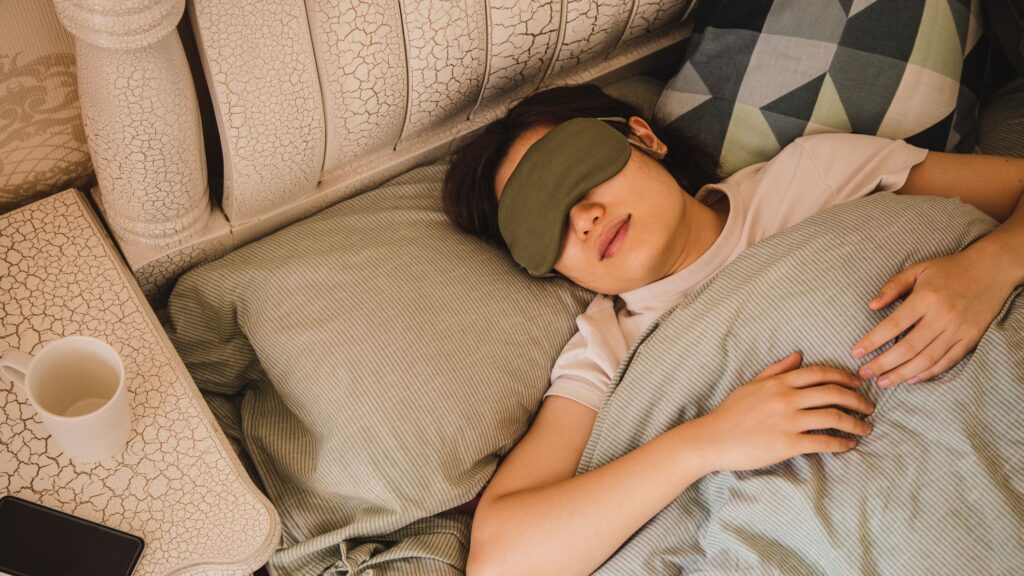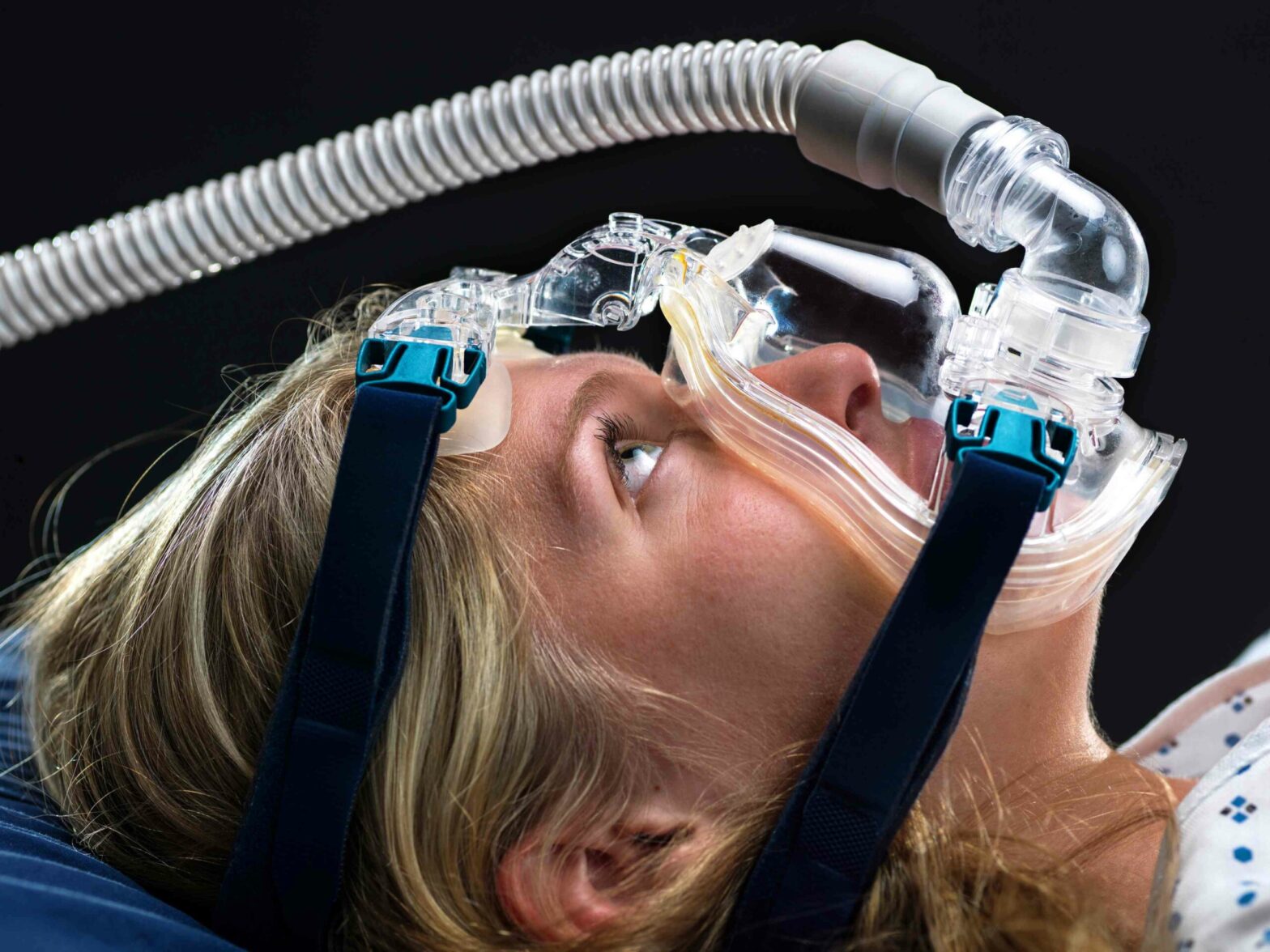If you’ve been diagnosed with sleep apnea or even just think you may, you already know how crucial it is to be treated right away before it develops into something more severe. The good news is that sleep apnea is often treatable.
Even better news: Obstructive sleep apnea is often fully curable. If you’re unsure of how to treat sleep apnea, don’t worry; we’ve offered advice on how to do so as well as sleep apnea treatments that don’t use cpap machines.
What Causes Sleep Apnea?
You must address the underlying cause of sleep apnea if you want to effectively treat it or permanently cure it. Among the causes of sleep apnea are:
- Bodyweight Obesity or being overweight is a frequent cause. Your airway may get blocked by the excess tissue in your upper airway and the area surrounding your neck, preventing you from breathing as you sleep.
- Sleep Position – Some individuals only have apnea episodes while they are lying on their backs (known as positional obstructive sleep apnea).
- Anatomy – Your anatomy may sometimes be the root of your sleep apnea. This could result, for instance, from a deviated septum or big tonsils that constrict the upper airway.
- Alcohol helps relax the muscles and tissues that could otherwise restrict the airway.
- Smoking – Smoking may irritate the airway, which aggravates sleep apnea.
- Medication – Some drugs, including opioids, may contribute to the development of sleep apnea.
CPAP for Sleep Apnea Treatment
The most common method of treating sleep apnea is using a CPAP machine. Continuous positive airway pressure, or CPAP, is a machine that attaches to a hose and mask that is worn over the nose (and sometimes the mouth) while you sleep. The machine’s constant pressure keeps your airway open as you sleep, enabling air to flow freely and preventing apneic episodes. To put it another way, it keeps your airway open as you sleep so that you may continue to breathe.
Because soft tissues in the neck, throat, and upper airway, as well as the tongue, often relax as we sleep and clog the airway, CPAP devices are so effective. You stop breathing for a few seconds or minutes while you’re sleeping due to this impediment. Obstructive sleep apnea (OSA) is the most prevalent form of the condition.

Although CPAP cannot treat sleep apnea, when used correctly, it may be an effective therapy.
Do away with sedative medications. The neurological system is slowed down by sedatives, which may prevent your brain from signaling your body to breathe. Stop using sedatives or sleeping tablets if you often use them to aid in sleep. Consult your doctor about alternatives, such as melatonin or valerian, that won’t put you at risk for sleep apnea.
Consider taking an antihistamine before night. An antihistamine tablet or nasal spray used just before night may help to free up your nasal passages and ease breathing if your airways are congested as a result of allergies. Prior to beginning any therapy, be sure to consult your doctor.
Consult your physician about modafinil. An FDA-approved medication called modafinil may be able to lessen the daytime weariness brought on by sleep apnea. Modafinil requires a prescription and should not be taken in lieu of other treatments. Modafinil should be used in conjunction with other sleep apnea therapies, such as the use of a CPAP machine. It should only be used if the patient has been appropriately utilizing CPAP regularly and is still experiencing issues.
Consult your doctor about any further conditions. While other medical problems may also cause daytime tiredness and drowsiness and sometimes resemble the symptoms of OSA, OSA is a prevalent cause of daytime sleepiness. This covers a variety of conditions, such as depression, sleep issues, and hypothyroidism. Through a thorough history and other testing, it’s crucial that your doctor rule out these possibilities.
Include vitamin C. In a tiny research, it was shown that vitamin C injections work well to lessen the cell damage brought on by sleep apnea. [25] Although there isn’t enough proof to say that vitamin C may cure sleep apnea effectively, you might want to discuss with your doctor if you should take a vitamin C supplement.
Building Up Your Breathing Muscles
One song a day should be sung. Singing may help you gain better control over your throat’s soft tissues and muscles. Your risk of sleep apnea may be decreased by toning these muscles. To engage these muscles, try singing along to your favorite song once or more often each day.

Keep a pencil in your mouth.
In order to prevent sleep apnea, it’s crucial to strengthen your jaw muscles as well. Hold a pencil between your teeth for five to ten minutes each day to develop your jaw muscles.
Make a lip purse.
Strengthening the muscles in and around your mouth, which are crucial for breathing, may also help you recover from sleep apnea. Try pouting your lips slightly to simulate kissing someone. Then, after holding your lips in place like that for 30 to 60 seconds, let go. Several times a day, repeat this practice.
Inflate balloons.
In addition to strengthening your throat and mouth muscles, blowing up balloons may increase your lung capacity. To make your breathing muscles stronger, try inflating a few balloons each day.
Swim, run, or jog to reduce sleep apnea.
Exercise may lessen the severity of sleep apnea, according to some research. You could still get some comfort from exercising even if you don’t lose any weight.
Floss with water. Additionally, gargling with water might aid in throat muscle toning. To strengthen these muscles, try gargling with water a few times each day. In the morning and at night, you may also rinse your mouth with mouthwash. Although it has not been proved to assist with sleep apnea, it could be worthwhile to try.
Final thoughts
A dangerous sleep problem called sleep apnea needs immediate medical attention. Serious issues include acute daytime exhaustion, high blood pressure, and cardiac issues may result from untreated sleep apnea. Schedule a visit with a doctor as soon as you feel you may have sleep apnea to get a diagnosis and create a treatment strategy. There are several things you may do to treat sleep apnea, but you should pursue a cure with a doctor’s help and advice.

